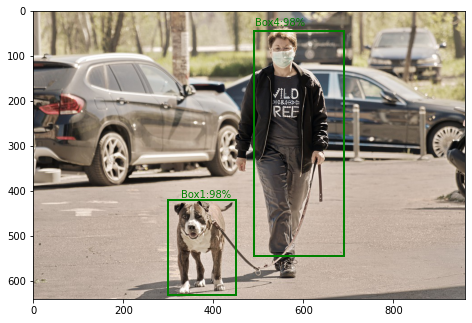Language is the medium that humans use for conversing. Giving machines the ability to learn human language with natural language processing has given rise to several new products and possibilities that were not previously imaginable.
Natural language processing (NLP) is one of the most important technologies present in the information age. Understanding complex language utterances is a crucial part of artificial intelligence. Applications of NLP can be found across several industry domains such as web search, advertisement, emails, customer service, language translation, radiology reports, etc.
Natural language processing techniques are designed in the same manner that the human brain learns language processing. One can understand language at varying granularities. When a person learns a new language, they start with words: understanding their meaning, identifying similar and dissimilar words, and then developing a sense of contextual appropriateness of a word. In the beginning, a person usually starts with a small dictionary of words, later she builds up her dictionary over time; mentally mapping each newly learned word close to similar words in her dictionary. After this, a person eventually combines sentences in a sensible way, to write paragraphs and pages. Once a person is at this stage, she is comfortable expressing complicated thoughts in a given language.
Deep Learning in Natural Language Processing
An artificial neural network has several stacked layers of neurons, usually accelerated in computation using GPUs. They are used in speech recognition and natural language processing, beating the previous domains such as language modelling, translation, speech recognition.
Within the broad domain of neural networks, there are certain kinds of neural networks that are more popular and well suited than others to address a variety of problems in natural language processing. While applying Deep Learning in natural language processing, each word in the sentence is translated into a set of numbers before being fed into the neural network. These numbers can change over a period of time while the neural net trains itself, encoding unique properties such as semantics and contextual information for each word. Thus, Deep Learning methodologies provide a better understanding of emotions of all demographics and text analytics.
Use Cases of Natural Language Processing
Deep Learning approaches have generated high-level performance results across many different NLP tasks. Take the example of search engines that have the ability of putting the world’s information at our fingertips. But, these search engines are still quite primitive when it comes to actually answering specific questions that are posted by people. Google has focused its efforts on implementing Deep Learning techniques in NLP systems. This has boosted the ability of NLP systems to easily recognize natural language questions, extract their meaning, and thereby provide correct answers. Even spam filters are using statistical Deep Learning techniques that help NLP systems in measuring occurrence of typical words that are repeated in a corpus of spam and non-spam emails.
Benefits of This Approach
As Deep Learning models can be easily trained with a single end-to-end mode, they do not require traditional, task-specific feature engineering, thereby providing businesses with a number of advantages. Take a look at the three broad benefits of Deep Learning in natural language processing.
Deep Learning can enhance several features of natural language processing, such as sentiment analysis that can help the company gain insight about the feelings of customers when they are interacting with the company. These insights, when included with those gained from behavior prediction, can help enterprises in providing enhanced services to their customers.
Thus, implementation of Deep Learning techniques in natural language processing can definitely increase customer loyalty for the company, automatically increasing the value of the company.


